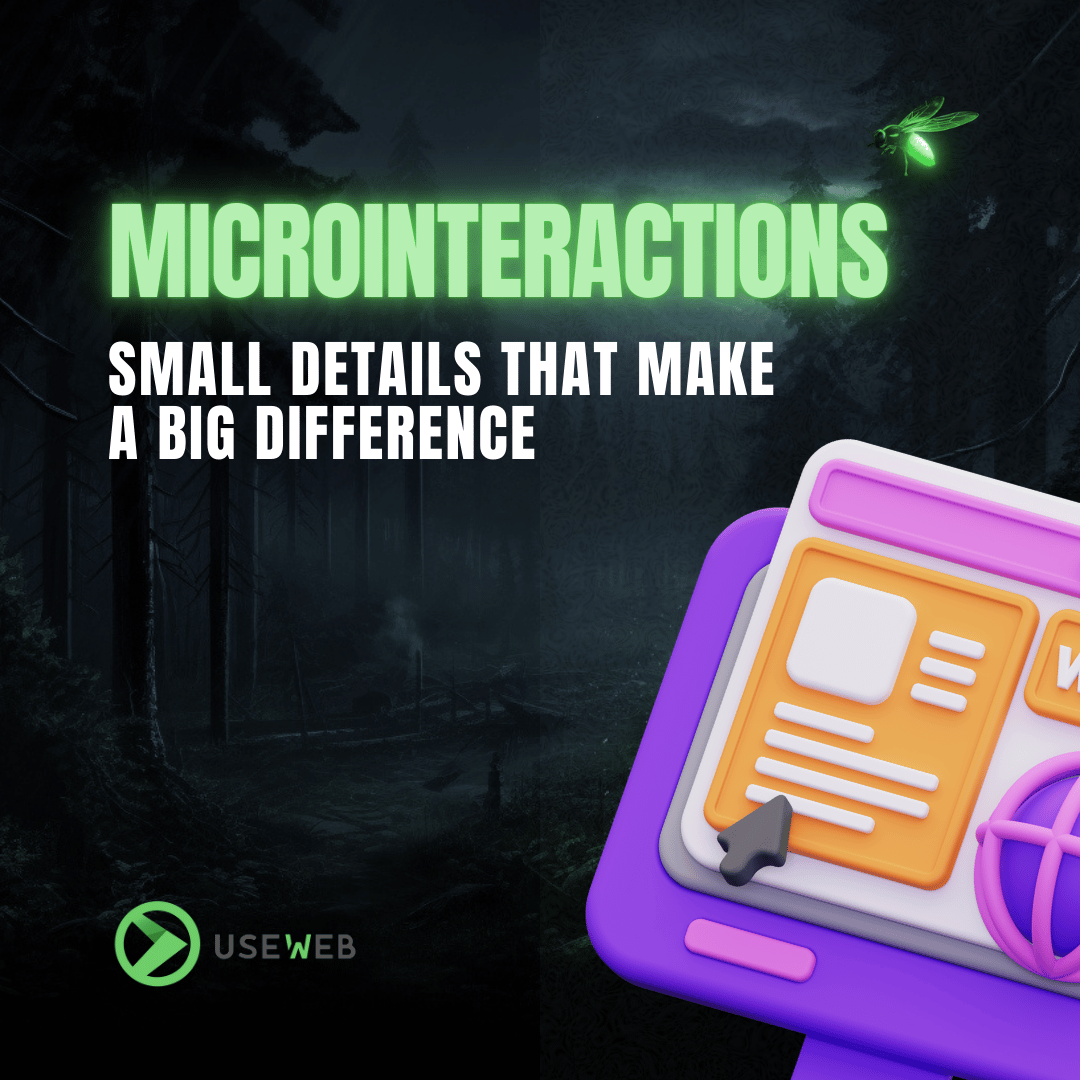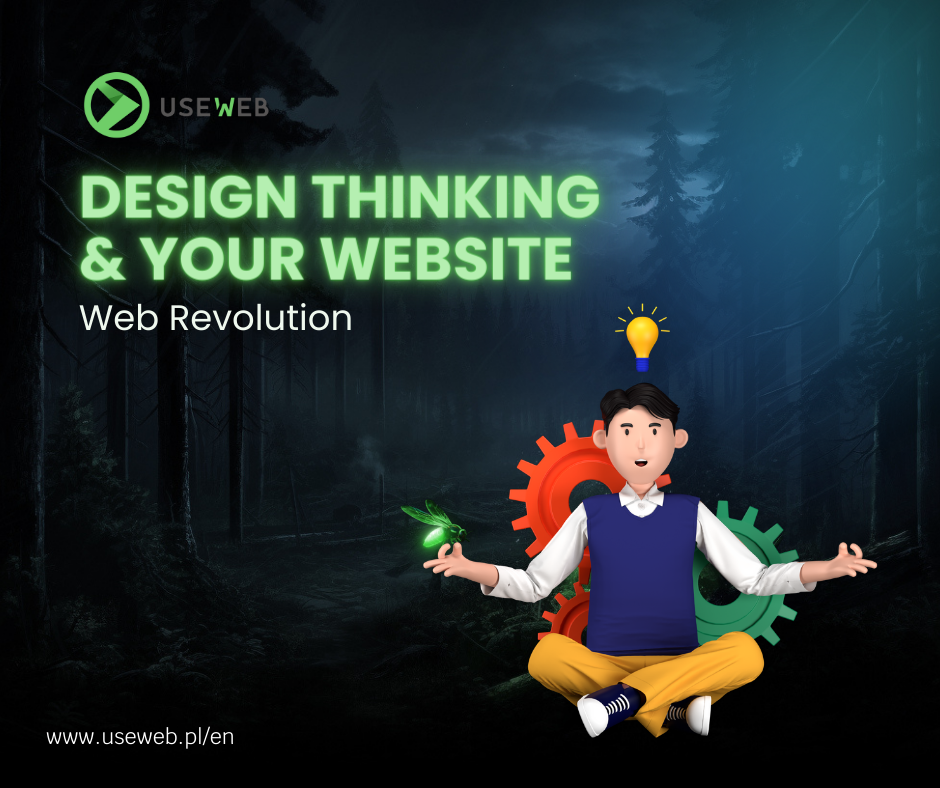Introduction
In the digital transformation era, where online competition is fierce, a user-centric website can be a distinguishing feature for a brand. Design Thinking, an approach focused on understanding and solving human problems, revolutionizes the way websites are designed. At useWeb, we believe empathy and focusing on user needs can transform your business.
Basics of Design Thinking
Design Thinking is a process that, through empathy, creative thinking, and iterative tests, allows for the creation of solutions perfectly tailored to users’ expectations and needs. The history of this methodology dates back to the 1960s when it began to be used in product and service design. Today, its five phases: empathy, definition, ideation, prototyping, and testing, also revolutionize website design.
Applying Design Thinking in Website Design
Empathy: Key to the User’s Heart
Starting by understanding users, their needs, and how they interact with the site, we can create an intuitive and engaging online environment. At useWeb, we place great emphasis on research and analysis, allowing us to step into the users’ shoes.
Ideation: Creating Solutions
Then, through brainstorming techniques, we generate a wide range of ideas, selecting the most promising ones. Our team of UX/UI experts is always looking for innovative solutions to make your site not only functional but also unique.
Prototyping and Testing: Perfecting to Perfection
Website prototypes are then tested with real users, allowing for iterative refinement of the design. At useWeb, we believe that continuous testing and improvement can lead to the creation of the perfect website.
Benefits of Implementing Design Thinking
Websites designed using the Design Thinking method stand out among the competition, offering users unforgettable experiences. This is not only a step towards increasing conversions but also towards building customer loyalty.
Challenges and Obstacles
Despite its many benefits, integrating Design Thinking into existing business processes can be challenging. Therefore, at useWeb, we offer support at every stage of design, helping to overcome any obstacles.
The Future of Design Thinking in Website Design
We see the future of website design as a continuous pursuit of perfection, where technologies like AI will support Design Thinking processes, further personalizing user experiences.
Conclusion
At useWeb, we are convinced that Design Thinking is the future of website design. We are here to help you undergo this transformation and unlock the full potential of your online business.






